This blog is part of the Agriculture and Ecosystems Blog’s month-long series on Ecosystem Services.
Farmers are the largest group of ecosystem stewards on earth. Their management practices directly influence the sets of ecosystem services generated in agricultural landscapes. Ecosystem services are ecological features that can provide a benefit to humans, but it is not a one-way relationship.
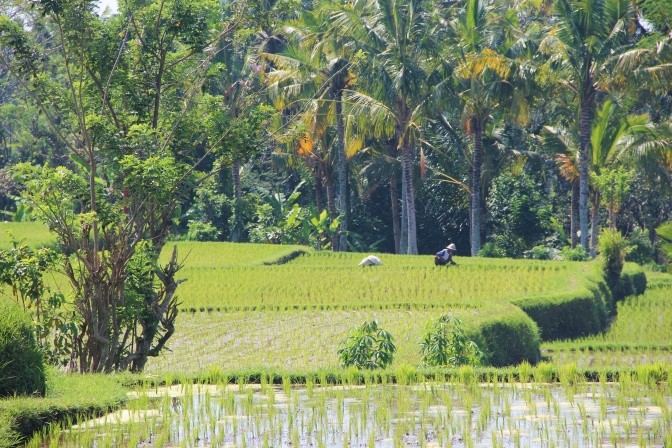 Rice terrace farming in Bali, Indonesia. Photo Credit: Megan Meacham
Rice terrace farming in Bali, Indonesia. Photo Credit: Megan Meacham
Management influences the productivity and status of the environment, which feeds back to influence people’s wellbeing. The ecosystem service concept helps articulate this relationship. Ecosystem services are the results of ecological processes and social dynamics, and are in that sense co-constructed.
The role of agriculture in human wellbeing goes beyond crop production. Agricultural landscapes have the simultaneous responsibilities of feeding a global population of 9 billion people, reducing poverty, improving health, and using natural resources sustainably. This requires agricultural landscapes to provide a full “bundle of ecosystem services” that includes, but is not limited to, crop production.
Farmers are the largest group of ecosystem stewards on earth.
Balinese Subak Systems
Highlighted at this week’s Ecosystem Services Partnership Conference, Bali’s traditional rice terrace farming, the subak system, provides a good illustration of the reciprocal relationship between agriculture and ecosystem services. Based on wisdom accumulated over 1000 years, the “subak system” was developed so that farmers could collectively manage their shared irrigation infrastructure.
A unique feature to the “subak” is that farmers coordinate their planting and watering schedules. Farmers plant rice at different times throughout the season to reduce pressure on water resources and to harness the gravitational effect provided by the terrace system - where water naturally moves from the upper terraces down to the bottom terraces. Planting at different times also means that rice is harvested in different periods. This naturally reduces pest outbreaks as it narrows the concentration of optimal food and habitat available to pests at any one given time.
In this way, the subak system manages the water it needs and the pests that threaten it – using the very services it provides to thrive.
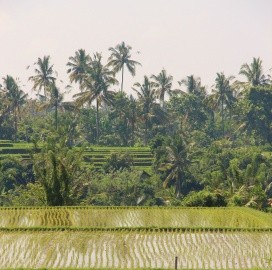 Rice terraces in Bali, Indonesia. Photo Credit: Megan Meacham
Rice terraces in Bali, Indonesia. Photo Credit: Megan Meacham
The system provides a bundle of services:
- Food provision
- Water availability
- Pest control
- Habitat for wildlife
- Climate control (cooling effect)
- Erosion control and landslide prevention
- Cultural services
Although the primary purpose of the subak system is to provide food, it is impossible to ignore how the subak contributes to water reliability and availability. The system provides habitat for wildlife, such as insects, birds, fish and crabs, which are not only additional food and nutritional sources for communities but also act as natural fertilizers and pest control.
The water retention in rice terrace farming also has a cooling effect on the entire landscape, resulting in less temperature variability. Additionally, terraced landscapes limit erosion, which prevents landslides and flooding. Central to the subak system is the culture that it originates from and perpetuates (please read more about this key service here).
Resilience
Most importantly, the subak system is an agricultural system that provides and benefits from a bundle of services; this makes it a resilient system. Communities are better equipped to deal with changes and disturbances, such as climatic variability and natural disasters.
Agricultural development cannot ignore the important ecosystem services that agricultural landscapes provide. Farmers play a key role in this process as stewards of ecosystem services. The CGIAR Research Program on Water, Land and Ecosystems is taking an ecosystem services approach to better utilize the relationship between humans and agriculture to achieve sustainable food security. Please read more about the program’s Ecosystem Services and Resilience Framework and partner contributions to our resilience work.
Read more here:
World Heritage Rice Field System on the Brink of Collapse by ICRAF
This post is based on a presentation given by Megan Meacham during Session 29 at the 6th Annual Ecosystem Services Partnership Conference in Bali, Indonesia on August 27, 2013. See related article featured on the Landscapes for People, Food and Nature blog: A bundle of ecosystem services: Principles for resilience in agricultural landscapes.
About the Authors:
Megan Meacham, Stockholm Resilience Center and Beijer Institute of Ecological Economics, Stockholm.
Camilla Zanzanaini, Communications and Research Assistant, Bioversity International
Abby Waldorf, Communications Consultant, CGIAR Research Program on Water, Land and Ecosystems
For updates follow us on @WLE_CGIAR and on Facebook.



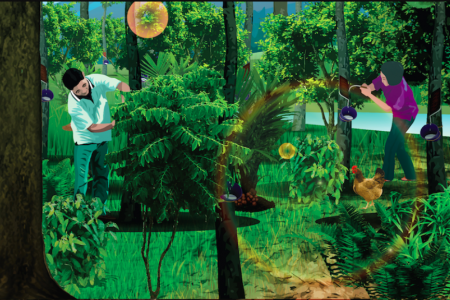








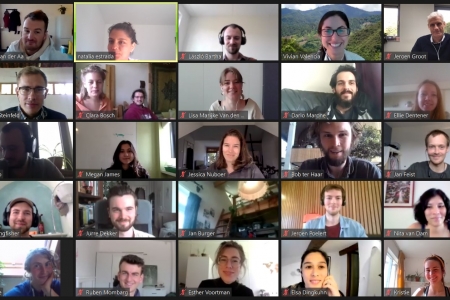



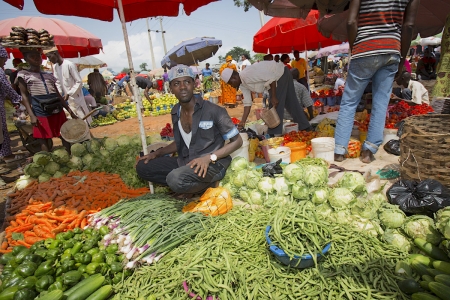


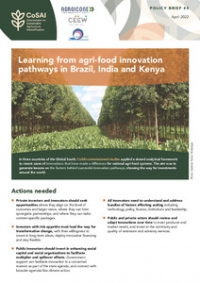
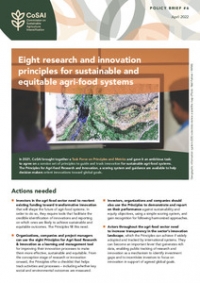
Add new comment